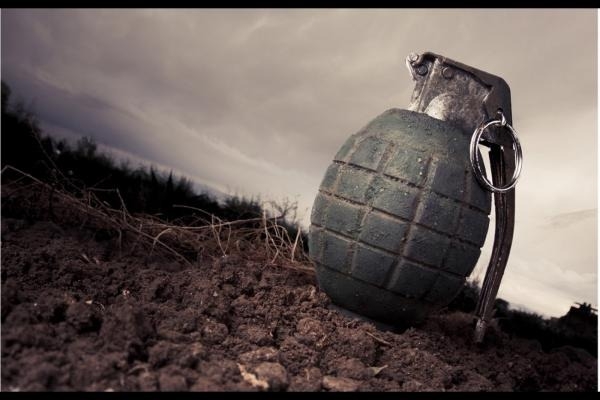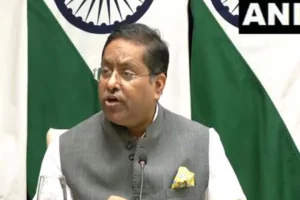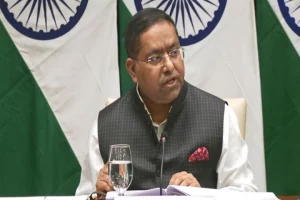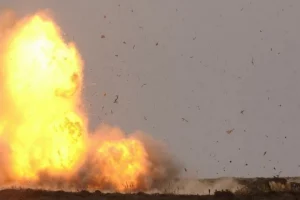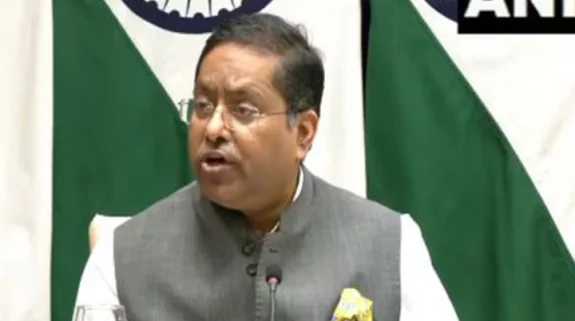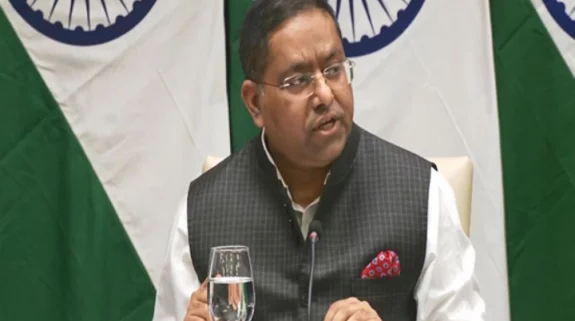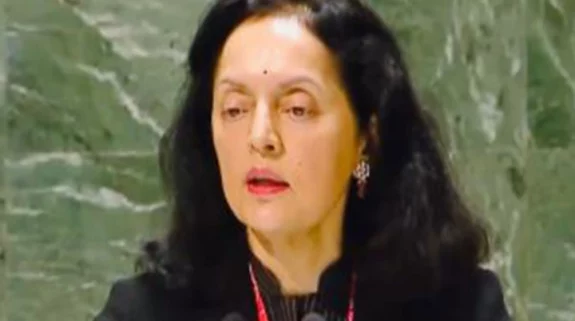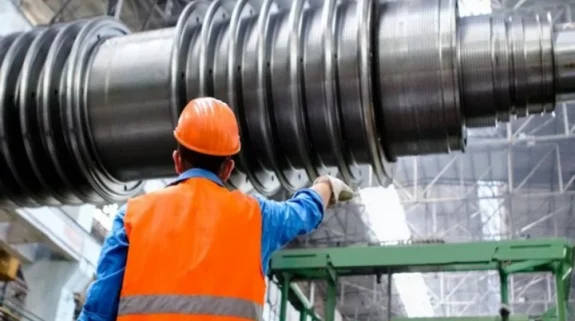The Asia and Oceania region has emerged as the largest importer for major arms in the world, receiving a whopping 42% of global arms transfers in 2016–20, as these countries have been forced to fortify themselves against China’s military muscle flexing in the Indo-Pacific region. This has been revealed in a report released by the Stockholm International Peace Research Institute (SIPRI) on Monday.
India, Australia, Japan and South Korea were amongst the biggest importers in the region. Japan’s arms imports increased by 124 per cent between 2016–20 compared to the previous five years while Taiwan has also placed several large arms procurement orders with the USA in 2019, including for combat aircraft, the report states.
Interestingly, on the other side of the divide, Pakistan has been listed amongst the largest importers of arms from China.
‘For many states in Asia and Oceania, a growing perception of China as a threat is the main driver for arms imports,’ said Siemon T. Wezeman, senior researcher at SIPRI. ‘More large imports are planned, and several states in the region are also aiming to produce their own major arms.’
Interestingly, the surge in imports in Asia and Oceania region comes at a time when worldwide deliveries of arms have not shown any growth in the period 2016-2020, ending more than a decade of increases, the SIPRI report points out.
It was the first time since 2001–2005 that the volume of deliveries of major arms between countries did not increase from the previous five-year period, SIPRI said. However, international arms transfers still remain close to the highest level since the end of the cold war, the report added.
“It is too early to say whether the period of rapid growth in arms transfers of the past two decades is over,’ Wezeman said. For example, the adverse economic impact of the Covid-19 pandemic could see some countries reassessing their arms imports in the coming years. However, at the same time, even at the height of the pandemic in 2020, several countries signed large contracts for major arms,” he added.
Middle Eastern arms imports grew by 25 per cent in the period, driven chiefly by Saudi Arabia which recorded a 61 per cent increase, Egypt registered 136% increase while arms purchases for Qatar shot up 361 per cent, according to new data on global arms transfers.
The United Arab Emirates has also recently signed an agreement with the United States to purchase 50 F-35 jets and up to 18 armed drones as part of a $23 billion package.
The report also points out that arms exports from the United States, France and Germany, the top three exporters in the world went up during the period but these were largely offset by a fall in exports from Russia and China.






